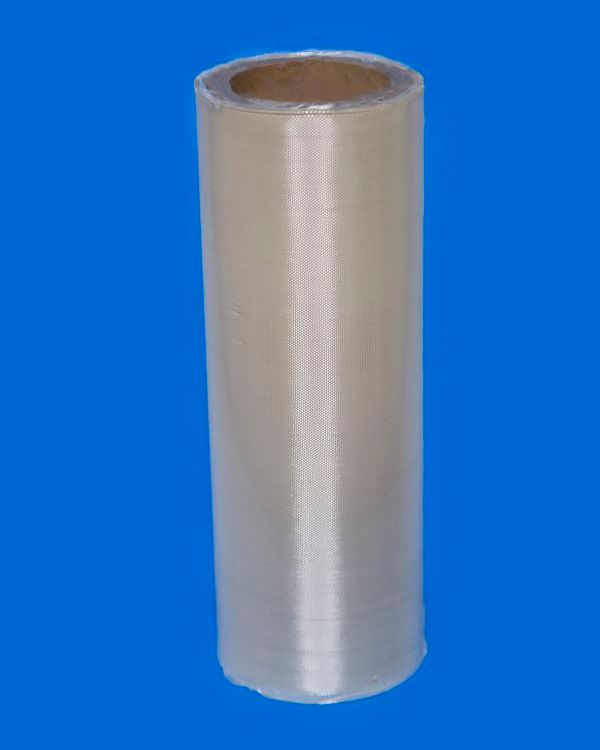According to a study published in the journal ACS Nano, researchers at KTH Royal Institute of Technology in Stockholm 3D-printed silica glass micro-optics on the ends of optic fibers—surfaces as tiny as the cross-section of a human hair. This advancement could result in faster internet and better connections, as well as smaller sensors and imaging devices.
The integration of silica glass optical devices with optical fibers opens avenues for multiple innovations, including the development of more sensitive remote sensors for environmental monitoring and healthcare applications. Combination Mat

Additionally, the printing techniques detailed in the study hold potential value for enhancing the production processes of pharmaceuticals and chemicals.
According to KTH Professor Kristinn Gylfason, the method addresses longstanding challenges associated with structuring optical fiber tips using silica glass. Traditional methods often require high-temperature treatments that can compromise the integrity of temperature-sensitive fiber coatings.
In contrast, this new process begins with a base material devoid of carbon, eliminating the need for high temperatures to remove carbon and achieve glass transparency.
The authors have filed a patent application for the technique.
Lee-Lun Lai, the study’s lead author, says the researchers printed a silica glass sensor that proved more durable than a normal plastic-based sensor after several assessments.
We demonstrated a glass refractive index sensor integrated into the fiber tip that allowed us to measure the concentration of organic solvents. This measurement is challenging for polymer-based sensors due to the corrosiveness of the solvents.
Lee-Lun Lai, Study Lead Author and Doctoral Student, KTH Royal Institute of Technology
The study’s co-author, Po-Han Huang, added, “These structures are so small you could fit 1,000 of them on the surface of a grain of sand, which is about the size of sensors being used today.”
The researchers also demonstrated a method for printing nanogratings, which are ultra-small patterns etched onto surfaces at the nanometer scale. These nanogratings are employed for precise light control and hold potential applications in quantum communication.
According to Gylfason, new possibilities in photonics could be explored by 3D printing any type of glass structure directly on the fiber tip.
By bridging the gap between 3D printing and photonics, the implications of this research are far-reaching, with potential applications in microfluidic devices, MEMS accelerometers and fiber-integrated quantum emitters.
Kristinn Gylfason, Professor, KTH Royal Institute of Technology
The authors acknowledge the following competing financial interest: The techniques and optical applications discussed in this study have been covered by a patent application (US 17/171,587) submitted by L.L., P.H., G.S., F.N., and K.B.G. as inventors and applicants.
Lai, L.-L., et. al. (2024) 3D Printing of Glass Micro-Optics with Subwavelength Features on Optical Fiber Tips. ACS Nano. doi:10.1021/acsnano.3c11030
https://www.kth.se/en
Do you have a review, update or anything you would like to add to this news story?
Avantier offers custom-designed IR lenses and a selection of readily available options, including SWIR, LWIR, MWIR, and NIR lenses, for cutting-edge applications across manufacturing, defense, research, and medicine.
The MIRcat Mid-IR Laser provides high-speed, broad-spectrum capabilities with peak tuning velocities up to 30,000 cm1/s.
Discover the advanced VideoMVP™ single reflection ATR microsampler from Harrick Scientific.
Reuven Silverman of Ophir discusses the critical role of M2 measurements in laser technology for optimization and quality control in various industries.
In this interview, AZoOptics speaks to Rob Watkinson about the challenges for optical systems in nuclear inspection.
AZoOptics features a new interview with Rebecca Spiecker of the Karlsruhe Institute of Technology, discussing the development of a new X-ray technique that allows better imaging and analysis of living organisms.
Your AI Powered Scientific Assistant
Hi, I'm Azthena, you can trust me to find commercial scientific answers from AZoNetwork.com.
A few things you need to know before we start. Please read and accept to continue.
Azthena may occasionally provide inaccurate responses. Read the full terms.
While we only use edited and approved content for Azthena answers, it may on occasions provide incorrect responses. Please confirm any data provided with the related suppliers or authors. We do not provide medical advice, if you search for medical information you must always consult a medical professional before acting on any information provided.
Your questions, but not your email details will be shared with OpenAI and retained for 30 days in accordance with their privacy principles.
Please do not ask questions that use sensitive or confidential information.
Read the full Terms & Conditions.
AZoOptics.com - An AZoNetwork Site

Fibre Glass Fibres Owned and operated by AZoNetwork, © 2000-2024